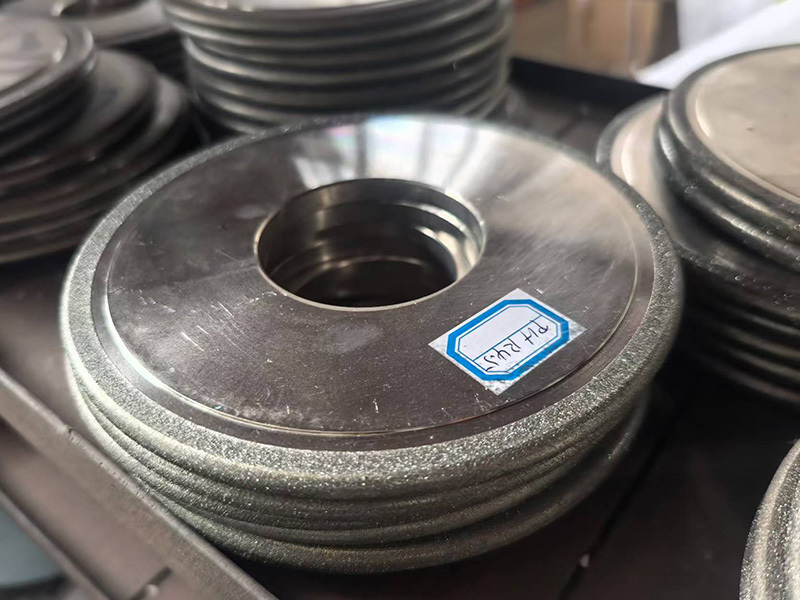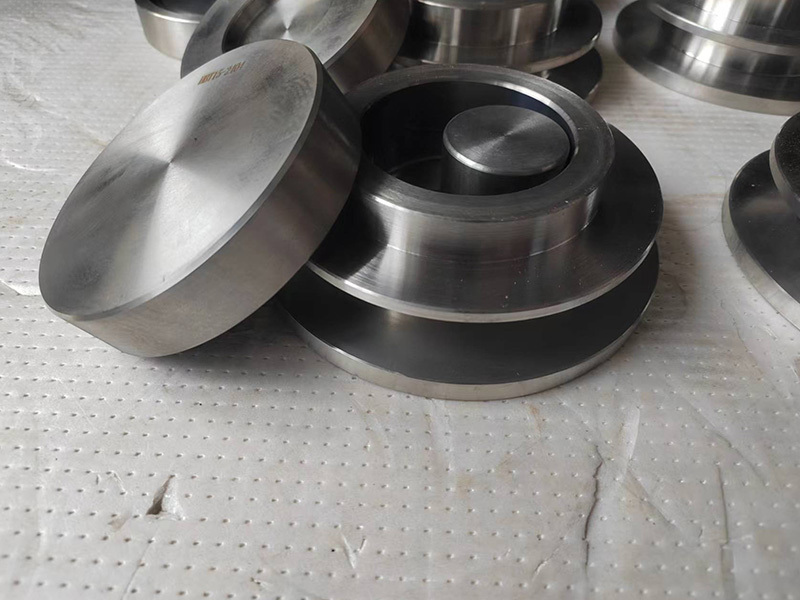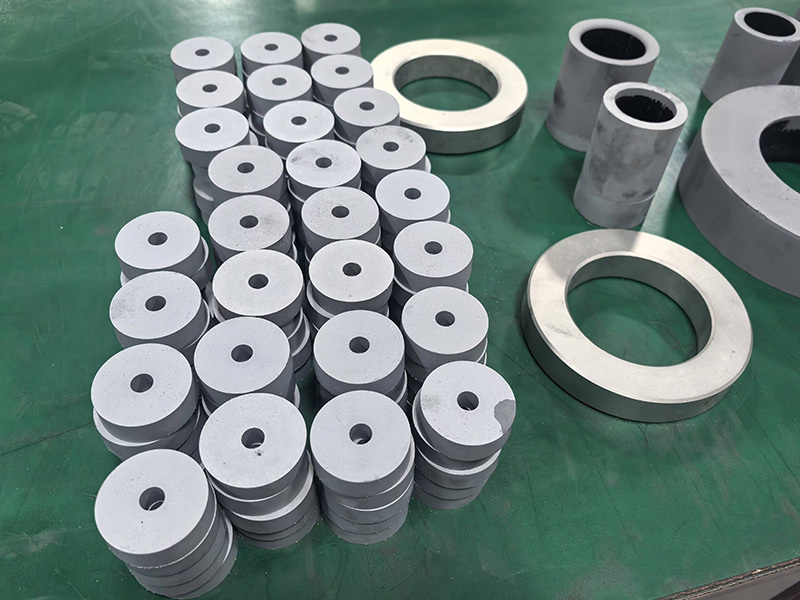Unraveling the Mysteries of Wire Drawing Molds: Industry Insights
Introduction to Wire Drawing Molds
Ever heard of wire drawing molds? If not, you're in for a treat! These nifty tools are pivotal in the manufacturing sector, specifically in the production of metal wires. By allowing manufacturers to shape metal into desired forms, wire drawing molds play a crucial role in various applications—from construction to electronics. Intrigued? Let's dive deeper!
Understanding the Basics
So, what exactly are these wire drawing molds? In simple terms, they are specialized devices used to draw metal through a die, transforming it into thinner wires. This process is vital for achieving precise dimensions and surface finishes. It's a bit like squeezing toothpaste out of a tube; the tighter the mold, the thinner the wire. Cool, right?
The Art of Design
Designing a wire drawing mold isn't just child's play. It involves advanced engineering and a knack for innovation. Engineers must consider several factors, including the type of metal, the desired wire diameter, and even the speed of production. To put it simply, it's a balancing act between creativity and technical prowess.
Real-World Applications
Now, let's get our hands dirty with some industry case studies that showcase how wire drawing molds are being used.
Case Study 1: The Automotive Industry
In the automotive sector, wire drawing molds are essential for producing high-quality cables and wiring harnesses. For instance, a leading automobile manufacturer revamped its production line by integrating advanced wire drawing molds, which not only reduced waste but also improved the overall efficiency of the process. Talk about a win-win!
Case Study 2: Electronics Revolution
Let's shift gears and look at the electronics industry. Here, wire drawing molds are used to create fine wires that connect various components of devices. A tech giant once faced production delays due to outdated molds, but after investing in state-of-the-art wire drawing molds, they not only cut down production time but also enhanced product reliability. Who knew a little mold could make such a big difference?
Challenges in the Industry
Of course, it's not all sunshine and rainbows. The industry faces its fair share of challenges. For instance, the wear and tear on wire drawing molds can lead to inconsistencies in wire quality. Manufacturers must regularly maintain and replace these molds to ensure optimal performance. It's like keeping your car in tip-top shape—neglect it, and you're bound to run into trouble!
The Future of Wire Drawing Molds
As technology advances, so too does the world of wire drawing molds. Innovations such as 3D printing and smart manufacturing are set to revolutionize the industry. Imagine being able to design and prototype a wire drawing mold in a matter of hours! The future is indeed bright.
Conclusion
In a nutshell, wire drawing molds, or Wire Drawing Molds in Chinese, are indispensable in various industries. From automotive to electronics, their role in shaping the products we use daily is nothing short of remarkable. So next time you see a wire or a cable, remember the intricacies involved in its creation and the unsung heroes behind the scenes—the wire drawing molds!
Tags:
Related news










